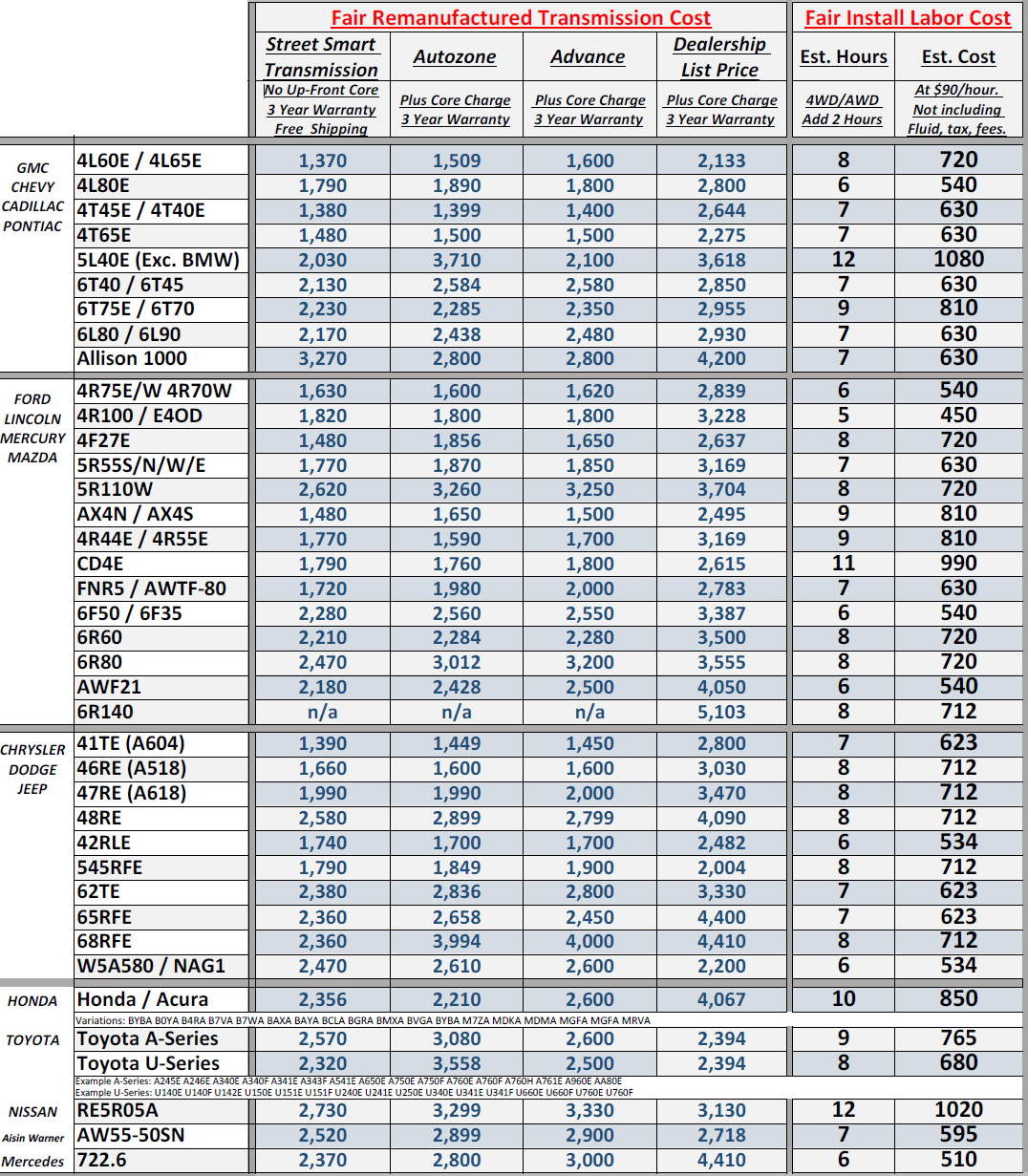This one seems pretty straightforward, one of the transmission control solenoids. Your Pontiac likely has If this device fails, your Grand Prix will shift in the manner you describe.
The transmission control solenoid, which takes its direction from the transmisson control module (TCM), is near the top part of the transmission food chain, so to speak. The transmission control module — also known as the transmission control computer — takes information from a variety of sensors and modules as it makes split-second decisions on which gear the Grand Prix should shift to. The sensors include the mass airflow sensor, the manifold air pressure sensor, the throttle position sensor, the vehicle speed sensor, wheel speed sensor, turbine position sensor and transmission fluid temperature sensor. The TCM also monitors the traction control system and the brake light switch.
Looking at the information it receives from all of these sensors, as well as information it receives from the engine control module, the TCM then activates the proper transmission control solenoid which, in turn, sets up the proper fluid flow for a specific gear. Indeed, it is the interaction of the TCM and the transmission control solenoid system that gives you the number of gears in your car. For example, the automatic that GM used in the 04 Grand Prix was a five-speed. This means that there will be two solenoids and a four-pinion gears, the combination of will give you the desired gearshift settings. The fifth speed, or overdrive, is due to the lockup torque converter setting that puts the transmission into overdrive.
As the transmission control solenoid actually controls most of your gear choices, you can see just how important this electronic device is. Actually, it is little more than a control plunger that, when it is turned on, activates in order to direct the flow of transmission fluid. Without their proper performance, you have no transmission at all.
The good thing is that, usually, the transmission control solenoid is mounted externally on the valve body so that all you or your technician has to do is locate the carrier, remove the solenoid, if it is needed, and then replace the failing solenoid. This should solve your problem for under $350.
If it doesn’t it is more than likely a problem with the clutch pack, band, gearing or the torque converter, any of which can means a rather hefty repair bill.

